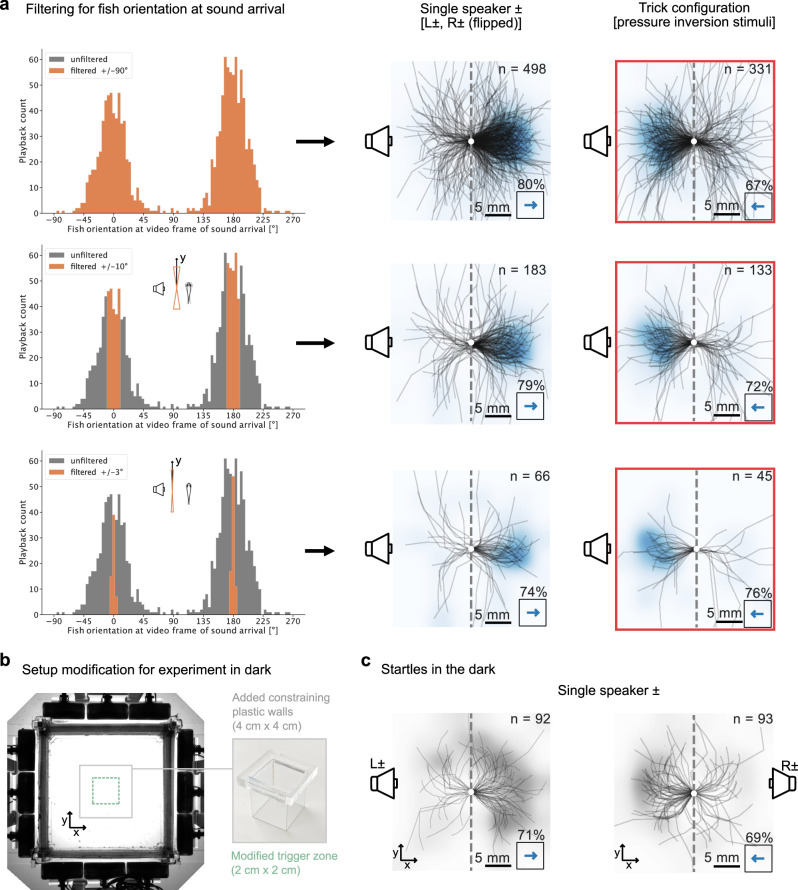Extended Data Fig. 12. Excluding rostro-caudal swim bladder mechanism and cryptic visual cues.
a, To test the hypothesis that the pair of rostral and caudal swim bladder could implement a P-ILD or P–ITD sensor along the rostrocaudal axis, we filtered for playbacks where D. cerebrum was aligned orthogonal to the left–right axis during sound arrival at the fish location. Top: all data, same as Fig. 2f. Middle: filtered for ± 10° alignment to y-axis, Single speaker (79% escapes, two-sided binomial test: p = 6 × 10−16, n = 183 startle trials in N = 59 fish), Trick configuration (72% escapes, two-sided binomial test: p = 3 × 10−7, n = 133 startle trials in N = 56 fish). Bottom: filtered for ± 3° alignment to y-axis, Single speaker (74% escapes, two-sided binomial test: p = 1 × 10−4, n = 66 startle trials in N = 47 fish), Trick configuration (76% escapes, two-sided binomial test: p = 8 × 10−4, n = 45 startle trials in N = 45 fish). b-c, Replication of the experiment in the dark to exclude the possibility of unknown visual cues. b, Top view of the modified setup for playback experiment in the dark. In the dark, the white inner tank walls could no longer prompt D. cerebrum to swim orthogonal to the left–right axis. To nevertheless trigger playbacks at the center of the tank with the fish being aligned orthogonally within a 45° cone, we added an additional constraining tank made from thin transparent plastic, thereby increasing the likelihood of triggering playback. c, Centered startle trajectory for experiment in the dark. Left: activation of the left speaker leads to rightward startles (71%, two-sided binomial test: p = 9 × 10−5, n = 92 startle trials in N = 43 fish). Right: activation of the right speaker leads to leftward startles (69%, two-sided binomial test: p = 0.0004, n = 93 startle trials in N = 43 fish).

